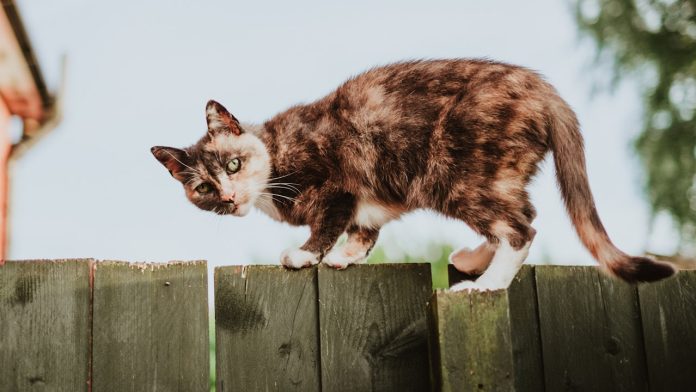The slime that builds up in pet fountains is more than just an eyesore. Biofilm is the term used to describe the sticky, slimy substance produced by airborne bacteria when they attach to a surface and begin to release it (including stainless steel, plastic, and other metals, glass, and ceramics). In order to protect themselves from cleaning chemicals, bacteria produce a thick layer of slime. Bacteria that live in an automatic pet water dispenser eat microorganisms that have been deposited in the water by your cats and food particles.
Cat’s Saliva Plays a Role in the Formation of Slime in the Pet Fountain
A pet’s saliva or a biofilm-produced slime can be the source of the slime in pet fountains. The simpler the sugars in food, the easier it is for animals to digest and absorb them. Bacteria, like humans, are suckers of sugar and multiply rapidly when given an abundance of it. Every time your cat drinks from the pet fountain, saliva is dumped in to the water and serves as food for microorganisms that can produce slime. Pet fountain slime will adhere to the pump, the basin or bowl, the plastic components, and most importantly, the pump’s corners and crevices.
What Kind of Water is the Most Effective at Keeping Pet Fountain Slime from Forming?
Pet fountain slime can form in any fountain regardless of the type of water used. Every biofilm-forming organism is already present in the air of every household. Even if you use filtered or bottled water to fill your pet’s water bowl, the saliva, bacteria, and food particles your pet sheds into the bowl will contaminate the water.
Pet fountain slime can be formed by bacteria present in a home’s air. When organic material is dropped into the water, bacteria feed on it and grow. Everything from your home’s climate to its water source affects how long it takes for the process to complete. Chlorinated tap water is better at fighting bacteria than water that isn’t, but do you want your cat’s kidneys exposed to the toxicity of chlorine when they drink?
How to Get Rid of the Slime in your Cat’s Water Fountain
Pet fountain slime and its pathogens can be controlled by removing the food source regularly. The best way to prevent pet fountain slime from forming is to change the water every week so that bacteria do not have time to grow to the point where the slime is visible. A biofilm-protected organism is unlikely to come into contact with a chemical, making removal the best option.
The ease with which you can clean the areas where slime forms and the porosity of the surface to which the biofilm is adhered will determine whether or not you successfully eliminate pet fountain slime.
To prevent bacteria from growing, pet fountains are often designed with sharp edges and difficult-to-clean crevices. There are numerous places where bacteria can hide, accumulate, and grow in the pump of every pet fountain. To make cleaning easier, look for a pet fountain with a simple design that avoids any sharp edges or crevices.
Summing Up
Bacteria that live in an automatic pet water dispenser eat microorganisms that have been deposited in the water by your cats and food particles. Pet fountains are often designed with sharp edges and difficult-to-clean crevices. The ease with which you can clean the areas where slime forms will determine whether or not you successfully eliminate pet fountain slime. It is best to look for a pet fountain with a simple design that avoids any sharp edges or crevices.








